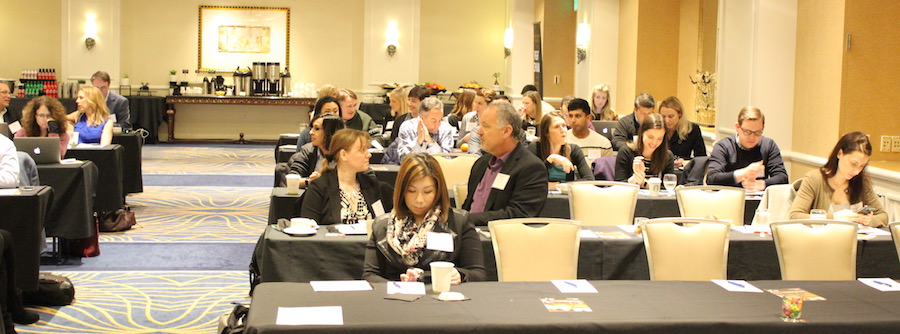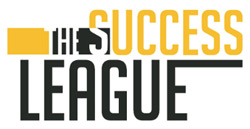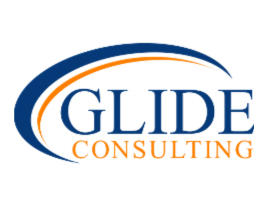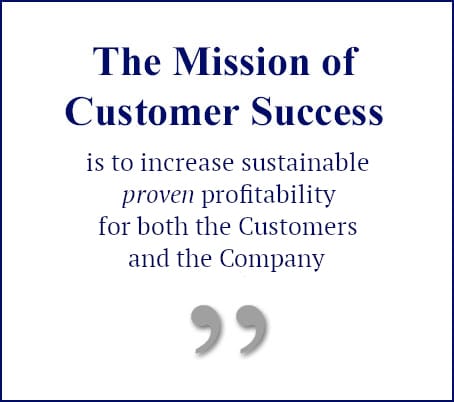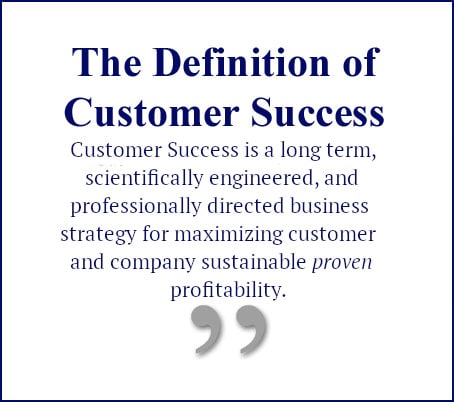November 18th 2019
The Mission of Customer Success is to increase sustainable proven value for both the Customers and the Company. While the majority of Customer Success groups have become directly involved with managing income streams and profitability over the past 5 years, there has been little real discussion to date about the issues of actually proving the sustainable value of Customer Success to either the Customers or to the Company. It’s time for that conversation to start.
The 2019 Customer Success Standards Initiative Research survey asks: How many additional income channels does your company have beyond your primary product? The next question is about an increasingly vital issue: Which of the following income/revenue channels are either completely owned/managed by the Customer Success team, or the credit is shared between the CS team and other departments?
Questions
 What does it mean for a Customer Success group to become a profit center? What are the phases of the journey, and how should the change be managed?
What does it mean for a Customer Success group to become a profit center? What are the phases of the journey, and how should the change be managed?
Proving your value to the company in financial terms is vital, but that’s only half of the challenge. How will you work with the customers to show the sustainable proven value that they are receiving from their relationship with your company?
Can you safely leave the onboarding phase up to the customer? Probably not, but how can you not only cover the costs of the professional team but also show a significant profit?
Making sure your executive team understands the positive impact your CS team has on sustainable profitability is critical. What are the specific tactics and actions you can take to get the executive team to commit the time, budget, resources and internal alignment you need?
Customer Success professionals seem to have a curious reluctance to talk directly about money with their customers?. What can you do to overcome this to focus directly on proven sustainable value?
The Profitability Blueprint is the result of over 9 years of research conducted by The Customer Success Association and the expertise of people who have “been there and done that.” Join us in Berkeley on November 18th to explore what the answers might look like in your company.
Sessions: 1 pm – 5 pm
The Profitability Blueprint:
Best Practices: Removing Barriers to Monetizing Customer Success
Customer Success teams add huge value to their customers. To become a profitability center requires a complete transformation of their organization including process and technology changes. That’s a lot of change, for any size organization. As such, to be effective, the monetizing transformation requires a careful end-to-end change management process that has the customer needs and wants in the heart of it.
In this session, Irit Eizips, CEO for CSM Practice, will share a proven methodology to launch such an initiative in a manner that would be well adopted by your customer success managers, get the executive buy-in and be well received by your customers:
-
-
-
- Identify needs (internal and external)
- Back your assumptions with data
- Develop service offerings
- Educate EVERYONE
- Plan for worst case scenario
- Launch by region
- Gauge for impact
- Adjust
- Prove value
- Create a pipeline!
-
-
Irit Eizips
 Irit Eizips is a Customer Success thought leader whose mission is helping startups to Fortune 100 enterprises, establish a proactive and scalable customer success practices. Irit is frequently featured in podcasts, books, and industry events as a subject matter expert on customer success strategy. In 2014, Irit founded CSM Practice, a boutique consulting firm providing strategy and technology services. Irit is known for her unique experience and expertise in launching customer success programs at scale, based on best practices, automated playbooks and client data analytics.
Irit Eizips is a Customer Success thought leader whose mission is helping startups to Fortune 100 enterprises, establish a proactive and scalable customer success practices. Irit is frequently featured in podcasts, books, and industry events as a subject matter expert on customer success strategy. In 2014, Irit founded CSM Practice, a boutique consulting firm providing strategy and technology services. Irit is known for her unique experience and expertise in launching customer success programs at scale, based on best practices, automated playbooks and client data analytics.
Best Practices: Talking About Money – Using Metrics to Demonstrate Tangible Value to Your Customers
Sales and Customer Success professionals alike often find it difficult to open talk about financial value with their customers. While it can sometimes be a challenge to put a monetary number on features and functions, it’s a conversation worth having. IN this session, Kristen Hayer will discuss:
-
-
- Why you shouldn’t be afraid to directly talk about money
- How to turn a customer expectation into a measurable monetary goal
- How to get customers to share the metrics they care about and connect them to money
- How to present goals and results to demonstrate a return on investment
- Positive ways to handle negative results
-
Kristen Hayer
 Kristen Hayer is the founder and CEO of The Success League, a customer success consulting firm that works with CS leaders to build and develop high-performing teams. Kristen believes that customer success is the key to driving revenue, client retention and exceptional customer experiences. Her areas of expertise include developing success goals and metrics, designing the optimal customer journey, selecting technology, training teams, and building playbooks.
Kristen Hayer is the founder and CEO of The Success League, a customer success consulting firm that works with CS leaders to build and develop high-performing teams. Kristen believes that customer success is the key to driving revenue, client retention and exceptional customer experiences. Her areas of expertise include developing success goals and metrics, designing the optimal customer journey, selecting technology, training teams, and building playbooks.
Best Practices: Premium Onboarding Packages
Without a successful customer onboarding program, most of your customers will never fully realize the value of your product or service. While the pre-sales journey has matured dramatically over the last ten years, the post-sales journey is still ad hoc and reactive. Customers struggle to figure out your product and are burdened to connect the dots between customer-facing resources. Internal teams use heroics to save accounts, are under resourced, and exhausted.
McKinsey says that onboarding customers is the most important part of the customer journey. They find that when you carefully monitor and engage customers throughout rollout, you’re on a path to a lucrative customer relationship. Yet, even though onboarding is vital, it’s the main cause of churn. Front loading the relationship with prescriptive guidance and an orchestrated onboarding program is the game changer. But how are you supposed build a comprehensive program with limited time and resources? The answer is to create premium onboarding packages and then charge your customers for them. When you do this your customers are more accountable because they value your services, and your leadership team is more likely to resource your team.
This session enables you to:
-
-
- Define the Orchestrated Onboarding framework and why you and your customers can’t live without it
- Design a go to market plan for premium onboarding packages that details marketing, pricing, and selling strategies, as well as a resource plan.
-
Templates will be provided.
Donna Weber
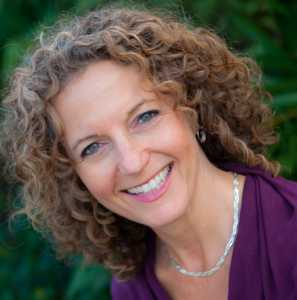 Donna Weber, President of Springboard Solutions and Principal of Kickstart Alliance, specializes in the post-sales customer success journey. She helps B2B software companies move beyond ad hoc customer onboarding and enablement, by providing scalable frameworks to onboard, engage, and enable customers. The result is improved customer satisfaction, higher renewals, and increased net retention. She has a proven track record as a senior customer enablement leader designing and executing programs that help companies build loyal and satisfied customers, resulting in higher net promoter scores (NPS), customer health scores, renewal rates, and net retention. Prior to beginning her consulting business in 2016, Donna worked at several startups, where she built Customer Success and Customer Education programs and organizations from scratch. Colleagues know Donna as a leader who makes a difference.
Donna Weber, President of Springboard Solutions and Principal of Kickstart Alliance, specializes in the post-sales customer success journey. She helps B2B software companies move beyond ad hoc customer onboarding and enablement, by providing scalable frameworks to onboard, engage, and enable customers. The result is improved customer satisfaction, higher renewals, and increased net retention. She has a proven track record as a senior customer enablement leader designing and executing programs that help companies build loyal and satisfied customers, resulting in higher net promoter scores (NPS), customer health scores, renewal rates, and net retention. Prior to beginning her consulting business in 2016, Donna worked at several startups, where she built Customer Success and Customer Education programs and organizations from scratch. Colleagues know Donna as a leader who makes a difference.
Best Practices: The Crisis in Confidence in Customer Success
Many CS leaders are struggling to establish themselves and their organizations inside of skeptical companies that are not completely bought in to the criticality of CS. In this session, Michael Harnum will outline a five pillar approach to gaining confidence and elevating CS.
Michael Harnum
 Michael Harnum is Chief Executive Officer of ESG. With more than 27 years of experience in the Technology and Services industry, Michael has proven to be an influential leader maximizing employee productivity, improving customer satisfaction and helping businesses grow. He is passionate about providing world class customer care and is driven to help organizations succeed.
Michael Harnum is Chief Executive Officer of ESG. With more than 27 years of experience in the Technology and Services industry, Michael has proven to be an influential leader maximizing employee productivity, improving customer satisfaction and helping businesses grow. He is passionate about providing world class customer care and is driven to help organizations succeed.
ESG delivers Customer Success as a Service, helping companies efficiently extend their customer coverage model with a pay-for-performance approach powered by people. ESG’s process-driven formula combines technology expertise with the power of human interaction to help clients catalyze untapped revenue and build value at every point throughout the customer life cycle.
Best Practices: Pitching Customer Success to the CEO – Getting the Resources You Need for Your Team
Other than your culture and leadership, the number one enemy against scaling your SaaS business is churn. Now more than ever it’s imperative that corporate leaders set a high standard in their commitment to Customer Success.
Please join Abby Hammer of ChurnZero for a presentation about getting the resources your Customer Success team needs. We’ll cover the top questions that CEO’s have about Customer Success and investing in customer retention.
In this session we will address the following topics related to pitching Customer Success to your CEO:
-
-
-
- How to Build a Business Case for Customer Success
- How to be an Effective Agent of Change
- Finding an Executive Champion
- Determining Required Technology
-
-
Abby Hammer
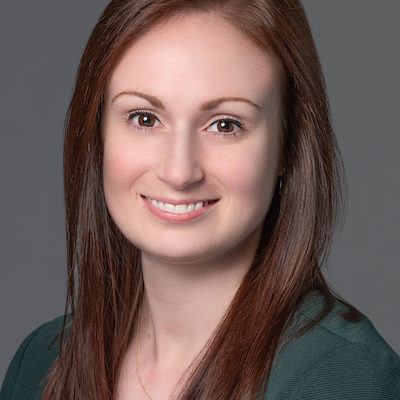 Abby Hammer is a founding team member and the Chief Customer Officer at ChurnZero, a real-time Customer Success platform. In her role, Abby is responsible for delivering the best customer experience throughout all points of the ChurnZero customer lifecycle. She drives product strategy and execution as well as leads the Customer Success team who delivers customer implementations and works to drive adoption, engagement and expansion across the ChurnZero platform. Prior to joining ChurnZero, Abby was the Director of Product Management at iContact and Cision (formerly Vocus), leaders in the email marketing, marketing automation and public relations spaces.
Abby Hammer is a founding team member and the Chief Customer Officer at ChurnZero, a real-time Customer Success platform. In her role, Abby is responsible for delivering the best customer experience throughout all points of the ChurnZero customer lifecycle. She drives product strategy and execution as well as leads the Customer Success team who delivers customer implementations and works to drive adoption, engagement and expansion across the ChurnZero platform. Prior to joining ChurnZero, Abby was the Director of Product Management at iContact and Cision (formerly Vocus), leaders in the email marketing, marketing automation and public relations spaces.
..
Reception: 5:00 – 7:00 pm
.
Customer SuccessCon Berkeley 2019
